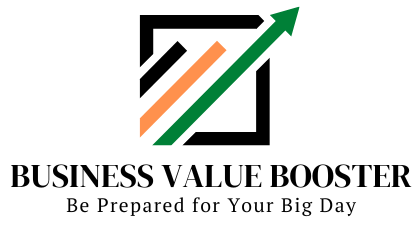Are you a small business owner working 55 hours or more per week, including many weekends? And you can’t imagine taking off for 4 weeks totally disconnected from the business?
There’s some good news. Sort of. Which is, you’re not alone. Most small business owners are doing the same thing. Most owners have always assumed that if you work hard and run a good business, you’ll do well, and it is all going to work out in the end. And you know what happens with ASSuME.
 Your goal for owning a business goes a lot deeper than making a nice living today. That money is just a means of getting what you really want: sure a lifestyle, education for the family, nice trips (if you can tear yourself away from the business to go on one). What about when you start stepping away from the business and have more time to do — well, what? And with what money, when the business income stops?
Your goal for owning a business goes a lot deeper than making a nice living today. That money is just a means of getting what you really want: sure a lifestyle, education for the family, nice trips (if you can tear yourself away from the business to go on one). What about when you start stepping away from the business and have more time to do — well, what? And with what money, when the business income stops?
Will that the vision you’re working so hard to set up for be practical? Do you know what path the business must take to make it feasible?
Unfortunately, very few business owners take the time to assess where their businesses must be to make it all work. The vast majority will fail utterly to achieve those long-term goals, even though they are doing great today. In fact, according to BizBuySell, the largest online marketplace for businesses, over 80 percent will be unable to sell their business at all, because they haven’t prepared it to be sellable. Many more won’t have amassed enough other capital to fill in the gaps.
You need to know where you stand with each of the four key pillars that will make your vison possible:
- Pensions
- Investments
- The value of the business, and
- Expenses you will have once you leave the business.
None of them are reliable over the long term, but you can make a reasonable plan and take steps to protect against the risks.

Download this workbook to assess your four pillars and see whether you’re on track – or, if not, what you need to do to get there.
This simple workbook is not a replacement for the detailed planning and asset allocations that you’ll want to work out with your accountant and your financial planner. What it will do is help you understand where you want to be, where you are, and what you might have to do to get there, and those are questions they’ll expect you to have thought about before they can tell you the details of how to manage your money.
Our Business Value Booster program kicks off with that discussion before we work with you on how to tweak the business to get you there, and how to do some test runs on those ideals before you are locked into them. You can get more information about that in the For Owners section of the website.

